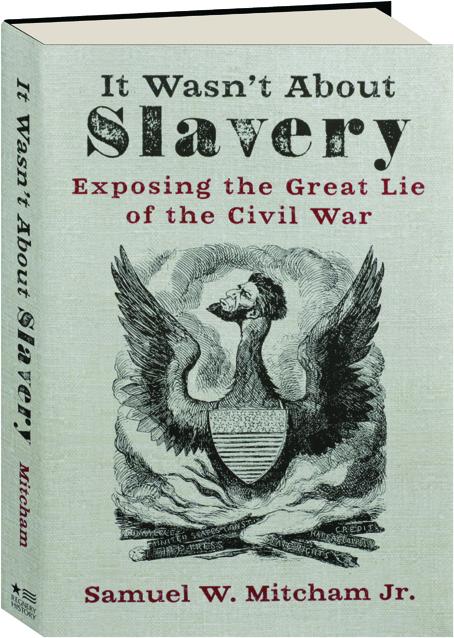Like any other economic exchange, the slave trade developed with a supplier, a consumer, and a trader or merchant that brought the two together. African kingdoms that had access to the western seaboard had a product, people, that they could readily be collected and sold based on labor demand, primarily from the new world during this time period. The English, Dutch, and the American colonists were all involved with the slave trade but the largest participants from the late 1600’s to early to mid 1800’s, when the slave trade waned and was legally abolished, were the English and New England colonies / states who manufactured the vessels and moved the human cargo. This proved essential to the economic development of New England. Weapons, manufactured goods, and rum would be brought to Africa to be traded in a barter system with African chieftains for people they held as slaves. The return trip would take the slave ships to the Caribbean or South America where slaves would be traded for sugar or molasses which was, in turn, returned to New England to be distilled into rum and the process would repeat itself. (Jarvis 2002)
More @ The Abbeville Institute


No comments:
Post a Comment